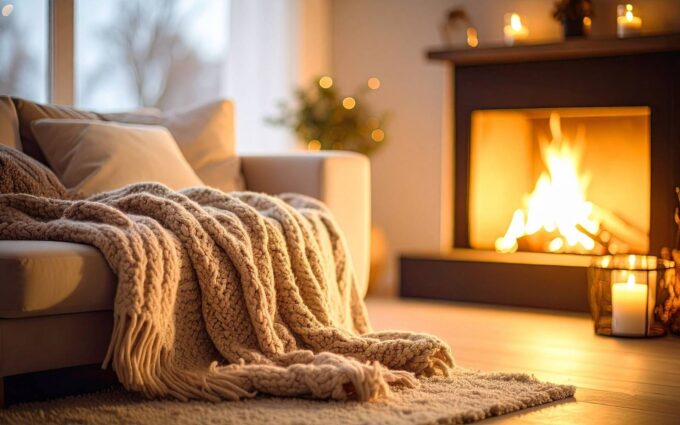- Home
- Articles
- Architectural Portfolio
- Architectral Presentation
- Inspirational Stories
- Architecture News
- Visualization
- BIM Industry
- Facade Design
- Parametric Design
- Career
- Landscape Architecture
- Construction
- Artificial Intelligence
- Sketching
- Design Softwares
- Diagrams
- Writing
- Architectural Tips
- Sustainability
- Courses
- Concept
- Technology
- History & Heritage
- Future of Architecture
- Guides & How-To
- Art & Culture
- Projects
- Interior Design
- Competitions
- Jobs
- Store
- Tools
- More
- Home
- Articles
- Architectural Portfolio
- Architectral Presentation
- Inspirational Stories
- Architecture News
- Visualization
- BIM Industry
- Facade Design
- Parametric Design
- Career
- Landscape Architecture
- Construction
- Artificial Intelligence
- Sketching
- Design Softwares
- Diagrams
- Writing
- Architectural Tips
- Sustainability
- Courses
- Concept
- Technology
- History & Heritage
- Future of Architecture
- Guides & How-To
- Art & Culture
- Projects
- Interior Design
- Competitions
- Jobs
- Store
- Tools
- More
Maximizing Space in Minimalist Designs: Creative Ideas and Solutions

Maximizing space in minimalist designs is not just about reducing clutter or choosing smaller furniture. It’s an art that combines functionality, creativity, and simplicity to create spaces that are both aesthetically pleasing and highly practical. Minimalism, at its core, is about emphasizing the essentials to create a sense of tranquility and clarity. This approach can be particularly beneficial in small spaces, where every inch counts. Here are some creative ideas and solutions for maximizing space in minimalist designs.
Table of Contents
Toggle1. Multi-functional Furniture
Choose furniture that serves multiple purposes to save space and maintain simplicity. A sofa bed can transform a living room into a guest room, while a coffee table with storage can hide away magazines and remotes. Look for beds with built-in drawers for clothes or ottomans that open up to reveal extra storage space. This approach keeps your space flexible, functional, and uncluttered.
Utilizing aesthetic access panels like BA-UHF Aesthetic Access Panel in minimalist designs maximizes space efficiency by seamlessly integrating functional elements into the clean lines and simplicity of the design. These access panels provide discreet access to utilities and storage areas, maintaining the minimalist aesthetic while optimizing functionality in compact living spaces.

2. Use Vertical Space
Maximize vertical space to keep the floor area open and airy. Tall shelving units can take advantage of the height of your rooms, providing ample storage without taking up much floor space. Wall-mounted shelves and cabinets can store books, decorations, or kitchenware, keeping them accessible yet out of the way. Also, consider a wall-mounted desk or dining table that can be folded away when not in use.
3. Hidden Storage Solutions
Incorporate hidden storage to reduce visual clutter. This can include drawers built into staircases, beds with lift-up mattresses revealing storage space, or kitchen counters with built-in organizers. The key is to have a place for everything, so the surfaces remain clean and minimalistic.
4. Light and Mirrors
Use light and mirrors to make your space appear larger and more open. Natural light, when maximized by large windows or skylights, can make any room feel more spacious. Mirrors reflect light and views, doubling the visual space in a room. Place mirrors strategically to expand the room visually without adding physical clutter.

5. Declutter Regularly
Minimalism thrives on the principle of less is more. Regularly decluttering your space ensures that only essential items are kept, freeing up physical and visual space. This practice also encourages you to think carefully about what you truly need and value in your living space.
6. Choose a Neutral Color Palette
A neutral color palette can make a space feel larger and more cohesive. Light colors, in particular, reflect light and create a sense of openness. You can add depth and interest with textures and subtle patterns without overwhelming the space with loud colors or busy patterns.
7. Invest in Quality Over Quantity
In embracing minimalist design, the goal is not merely to create a space that is aesthetically minimalist but one that enhances the quality of life through simplicity, functionality, and a clear focus on what truly adds value to our daily living. This approach to design invites us to reconsider our relationship with our surroundings, encouraging a more mindful and intentional way of living. By prioritizing space, light, and order, we not only make our physical environments more pleasant but also create a sense of peace and clarity that can extend to our mental and emotional wellbeing. Minimalist design, therefore, is more than a stylistic choice; it’s a tool for fostering a more focused, serene, and meaningful existence.
Moreover, the journey towards maximizing space in minimalist designs is an ongoing process of refinement and discovery. It challenges us to continuously evaluate our needs, desires, and the objects we choose to surround ourselves with. As we adapt and evolve, so too will our spaces, reflecting our growth and the changing dynamics of our lives. In this way, minimalist design is inherently dynamic, allowing for flexibility and change while maintaining a foundation of simplicity and functionality. By adopting these principles, we can transform our living spaces into havens of tranquility that not only meet our practical needs but also nourish our souls and inspire us to live more fully and consciously.

Submit your architectural projects
Follow these steps for submission your project. Submission FormLatest Posts
New-Year Decoration Reset for Homes: An Architectural Approach to Clarity
The New-Year decoration reset is more than a seasonal refresh—it is an...
Latest Interior Design Styles Sweeping the USA in 2026
Interior design trends in the USA for 2026 reflect a shift toward...
9 Innovative Concepts Shaping Interior Design in USA
Interior design in the United States is shifting toward spaces that prioritize...
Interior Design Tips for Creating Timeless and Functional Living Spaces
There’s something magical about walking into a home that just works. Not...












Leave a comment